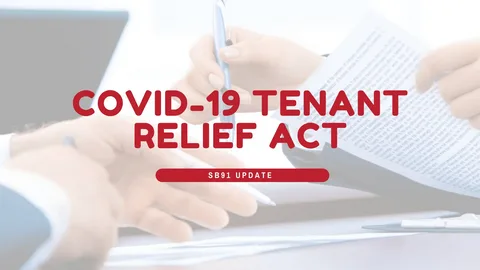On the surface, more nonprofits and expanded programs seem like unequivocal public good. But beneath that well-intentioned facade lies a structural problem: fragmented services, constrained staffing, and unsustainable models. In 2020, at a time of unprecedented demand, many nonprofits were unintentionally falling short—or even causing harm—because the sector’s inefficiencies worsened precisely when they needed to be mobilized most.
Duplication in the Face of Crisis
While exact data on service duplication among nonprofits is scarce, the federal sector offers a revealing parallel. A May 2020 GAO report identified 168 new actions where agencies could reduce fragmentation, overlap, or duplication—highlighting systemic inefficiencies even within a centralized system Government Accountability Office. Though the nonprofit ecosystem is looser by design, it can be even more prone to overlapping programs, especially in rural or urban areas where awards and initiatives multiply without coordination.
Capacity Shrunk as Needs Swelled
The pandemic intensified the nonprofit staffing challenge. According to the Urban Institute’s 2021 “Nonprofit Trends and Impacts”, revenues declined for 37% of organizations in 2020—reversing prior growth and especially hitting small nonprofits and arts organizations Urban Institute. Candid’s report echoed this, noting 57% of nonprofits saw revenue drop year-over-year in 2020, while half faced surging demand for services and rising costs Candid.
Efficiency Crisis Meets Short Staffing
These financial setbacks were compounded by workforce challenges. By 2023, 74.6% of nonprofits reported job vacancies, with program and service delivery roles most affected—and more than half said vacancies had grown compared to pre-pandemic levels National Council of Nonprofits. This means that when needs were surging in 2020, organizations were often understaffed, underfunded, and siloed, leaving communities underserved despite the appearance of service continuity.
Why More Can Mean Less
When nonprofits operate in parallel, without coordination or shared strategies, their collective efforts can inadvertently undercut true impact:
- Crowded solutions may target the same population with the same services while ignoring gaps elsewhere.
- Resource strain means no organization can deliver effectively; the public ends up underserved anyway.
- Missed learning opportunities, as fragmented efforts create weak evidence pipelines: duplication masks failure to scale what works.
- Fragile operations, where staffing shortages lead to canceled programs, long waitlists, or partially delivered services—doing harm by falling short of commitments when people depend on them most.
Turning Harm into Help
To reverse this paradox, stakeholders must refocus on systemic efficiency and strategic coordination—even while honoring decentralization:
- Collaborative Mapping: Funders and nonprofits should inventory local services and identify coverage gaps or overlapping efforts.
- Invest in Core Capacity: Stabilize revenue sources through unrestricted funding and bolster staffing resilience, especially for frontline roles.
- Encourage Aggregation: Where feasible, consolidate or coordinate programs to reduce duplication and strengthen service delivery.
- Measure Outcomes, Not Outputs: Move beyond tracking activities and outputs; evaluate community improvements, not organizational busyness.
- Promote Adaptive Infrastructure: Share training, back-office functions, or data systems across organizations to reduce overhead and improve resilience.
A Challenge—and a Vision
In an ideal world, more nonprofits and services would mean more impact. But the reality revealed by 2020’s data is the opposite: without coordination, efficiency, and investment in capacity, even well-meaning programs can falter—or harm.
The challenge is not to do more for its own sake, but to build a sector that does enough—and does it effectively.
References
National Council of Nonprofits. (2023). 2023 Nonprofit Workforce Survey Results: 74.6% reported job vacancies; staffing shortages, especially in service delivery roles National Council of Nonprofits.
U.S. Government Accountability Office. (May 2020). 2020 Annual Report: Additional Opportunities to Reduce Fragmentation, Overlap, or Duplication and Achieve Billions in Financial Benefits Government Accountability Office.
Urban Institute. (2021). Nonprofit Trends and Impacts 2021: 37% of nonprofits saw donations decline in 2020 Urban Institute.
Candid. (June 2021). Persevering through Crisis: The State of Nonprofits: 57% reported revenue decline; 50% saw increased service demand Candid.




